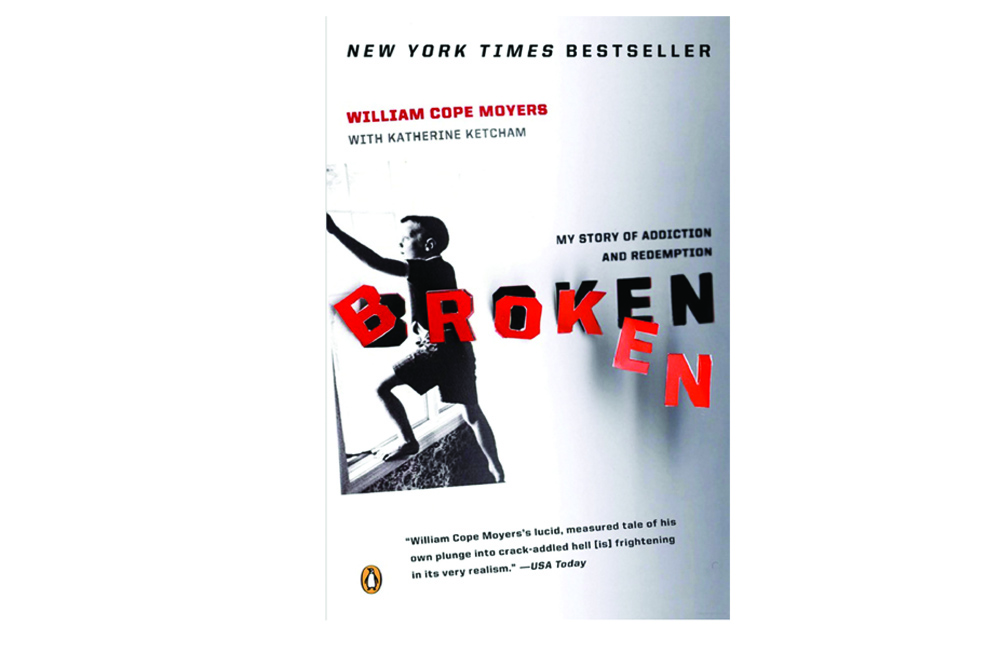Soto reaffirmed as interim CPSO director
Michael Soto, who has been acting as interim director of the Campus Public Safety Office (CPSO) since last September, has been appointed interim director through June 30, 2004.
Budget concerns prompted a temporary halt in the search for a permanent director. Jay Kenton, vice president for finance and administration, gave Soto the extended appointment following approval by the search committee.
Soto has been, and will again be, an applicant for the permanent position. Soto took over last fall when John Fowler left to take a position with the Seattle Police Department.
Kenton announced the current move in a memo to all CPSO staff. It read:
“As all of you are aware, the search committee for the director of Campus Public Safety met in January to discuss a proposal put forth by the executive committee to consider closing the search process in light of the serious financial difficulties facing the university.
“The search committee agreed to this proposal and recommended that the internal candidate, Mike Soto, be appointed to the position until June 30, 2004. I am pleased to announce to you that Mike has been offered and has accepted the appointment.”
Kenton recalled a meeting of the executive committee in which the financial affairs of the university were reviewed.
“It was obvious, and it is obvious, that our budget will be reduced for the coming year or years,” Kenton said. “The legislature is talking about a one-year versus a two-year budget.”
Kenton said the executive committee felt comfortable offering the interim position to Soto.
“Everybody indicated they were comfortable with Mike,” Kenton said.
Concerning Soto’s performance as interim director, Kenton said, “He’s done well. I think Mike will bring kind of a calming influence to the office. It’s a big opportunity for him to prove himself and to show us that he can manage the office and deal with situations as they arise.
“Mike and I work well together. I’ve been impressed with his ability to resolve issues, and I think he has the respect of his officers. I think Mike will do fine.”
Hiring Soto as an interim director will save the university some money, but not a great amount, Kenton said, because CPSO is operating on a somewhat limited staff. In his view, the university must maintain a full complement of officers to effectively give the campus 24-hour protection.
Kenton estimated the savings this year in the $20,000 to $30,000 range.
Soto is a long-time officer with CPSO, having been appointed to the force more than 23 years ago. In 1982, he became a sergeant, a position he held until he became interim director.
Soto is a full-blooded Ohlone, one of a group of Native American tribes associated with the San Juan Batista mission commune. He has spent his life in law enforcement, having served with the Marines from 1973 to 1977. He did duty both in the United States and in the Philippines, performing both military police work and investigations.
After leaving the Marines, he sought bigger fields of experience, which brought him to Portland. His first job was with the Portland State Bookstore in 1978, where he spent two years as security manager. In late 1979, he applied for appointment to CPSO and received his appointment January 14, 1980.
Soto has continued college studies at Portland State, concentrating on criminal justice and psychology. He has a daughter who has been a student at PSU.
During his service, he said he has seen the CPSO office transformed. When he joined, it served mainly as a security force.
“Just being the eyes and ears for the Portland police force,” he recalls. Now CPSO has emerged as the local police force on campus.
Soto maintains a high interest in his Native American culture. He was appointed by former PSU President Judith Ramaley as liaison with the Native American community. He has been active in preparation for the Native American longhouse being built on campus, particularly in fund raising for the project. He also maintains an active relationship with two Native American organizations at PSU, United Indian Students in Higher Education and American Indian Students in Science and Engineering.




